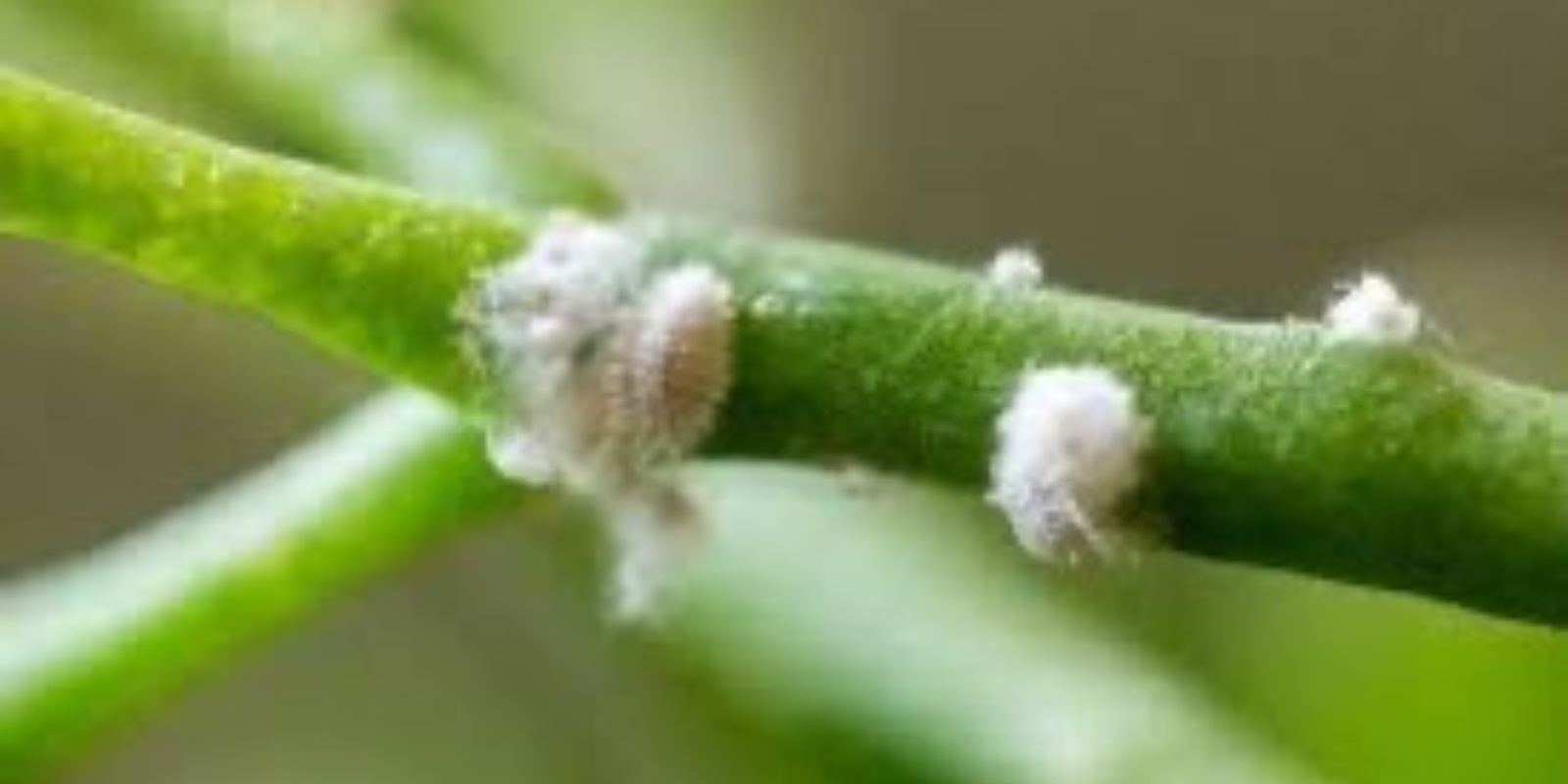Mealybugs are among the most frustrating pests for gardeners and plant enthusiasts. These small, cotton-like insects can infest houseplants, outdoor gardens, and even succulents, draining the life out of plants by feeding on their sap. If left unchecked, mealybugs can cause stunted growth, yellowing leaves, and eventual plant death. This article provides a comprehensive guide on identifying, treating, and preventing mealybug infestations, so your plants stay healthy and vibrant.
Understanding Mealybugs: The Silent Plant Killers
Mealybugs are soft-bodied, wingless insects covered in a white, waxy substance that resembles cotton. They often hide in crevices, under leaves, or at the base of stems, making them difficult to spot at first. Mealybugs damage plants by sucking sap, which weakens the plant and leaves it vulnerable to other diseases. They also secrete honeydew, a sticky substance that attracts ants and promotes the growth of sooty mold.
Signs of a Mealybug Infestation
Identifying a mealybug problem early is key to preventing severe damage. Here are some common signs:
- White, cotton-like clusters on stems, leaves, or nodes.
- Sticky residue (honeydew) on leaves or nearby surfaces.
- Yellowing or wilting leaves despite adequate watering.
- Stunted plant growth or dropping leaves.
- Black sooty mold developing on the honeydew.
Step-by-Step Guide to Eliminate Mealybugs
1. Isolate Infected Plants
The first step in tackling mealybugs is to prevent their spread. Move infested plants away from healthy ones. This is particularly important for houseplants where space is limited, and pests can quickly travel between pots.
2. Manual Removal
For minor infestations, physically remove mealybugs using a cotton swab dipped in rubbing alcohol (isopropyl alcohol). Alcohol dissolves the waxy coating that protects the bugs, killing them on contact.
- Inspect all parts of the plant, including the undersides of leaves and stem joints.
- Dab each mealybug with alcohol. Repeat this process every few days to catch any newly hatched bugs.
3. Create a Homemade Insecticidal Spray
If the infestation is more widespread, a natural insecticidal spray can work wonders. Here’s a simple recipe:
- Ingredients:
- 1 liter of water
- 2 teaspoons of dish soap (mild, non-toxic)
- 1 teaspoon of neem oil
- Instructions:
- Mix the ingredients thoroughly in a spray bottle.
- Spray the entire plant, focusing on affected areas like leaf undersides and stem crevices.
Neem oil acts as a natural pesticide that disrupts the lifecycle of mealybugs, preventing them from reproducing.
4. Rinse the Plant
After 24 hours, rinse the plant gently with lukewarm water to remove dead mealybugs and any soap residue. Be sure to clean the surrounding area, as mealybugs can hide in the soil or pot edges.
5. Prune Severely Infested Areas
If certain parts of the plant are heavily infested and beyond saving, prune them. Dispose of the cuttings far away from your garden to avoid re-infestation.
6. Repeat Treatments
Mealybug infestations are rarely eliminated in one go. Repeat the manual removal and spraying process weekly until all signs of mealybugs are gone.
Preventing Mealybug Infestations
Once you’ve dealt with the immediate problem, it’s time to take preventive measures to ensure mealybugs don’t return.
1. Maintain Plant Health
Healthy plants are less likely to attract pests.
- Provide adequate sunlight, water, and nutrients.
- Avoid overwatering, as mealybugs thrive in damp conditions.
2. Inspect New Plants
Always inspect new plants before bringing them indoors. Look closely for white cottony spots, sticky residue, or tiny bugs hiding in the crevices.
3. Use Companion Plants
Certain plants, like marigolds and basil, can repel mealybugs naturally. Incorporate these into your garden or keep them near houseplants for added protection.
4. Introduce Natural Predators
In outdoor gardens, beneficial insects like ladybugs and lacewings can help control mealybug populations. These natural predators feed on mealybugs without harming your plants.
5. Keep the Environment Clean
Mealybugs often hide in plant debris, dirty pots, or unclean gardening tools. Regularly clean your gardening equipment and remove fallen leaves or plant debris.
6. Use Neem Oil as a Preventive Spray
Even when no mealybugs are visible, occasional neem oil sprays can keep your plants pest-free. Apply a diluted neem oil solution once every few weeks.
Alternative Organic Solutions
Garlic Spray
Garlic is a natural insecticide that repels mealybugs effectively. Blend a few garlic cloves with water, strain the mixture, and spray it on your plants.
Diatomaceous Earth
Sprinkle food-grade diatomaceous earth around the base of your plants. This natural powder dehydrates and kills mealybugs without harming your plants.
Essential Oils
Essential oils like peppermint or eucalyptus can repel mealybugs. Mix a few drops with water and spray it around your plants.
When to Seek Professional Help
For severe infestations that persist despite your efforts, consider consulting a pest control expert. They can recommend stronger, plant-safe treatments.
Conclusion
Mealybugs may be small, but their impact on your plants can be devastating if left untreated. By isolating affected plants, using natural remedies, and adopting preventive measures, you can successfully eliminate these pests and protect your beloved greenery. Remember, patience and consistency are key in dealing with mealybugs.
Say goodbye to mealybugs and hello to thriving, healthy plants! 🌿 Share your success stories or favorite pest control tips in the comments below. Let’s grow together!
#PlantCareTips #GardeningHacks #PestFreePlants #MealybugSolutions #HealthyPlants #OrganicGardening #GardeningMadeEasy

